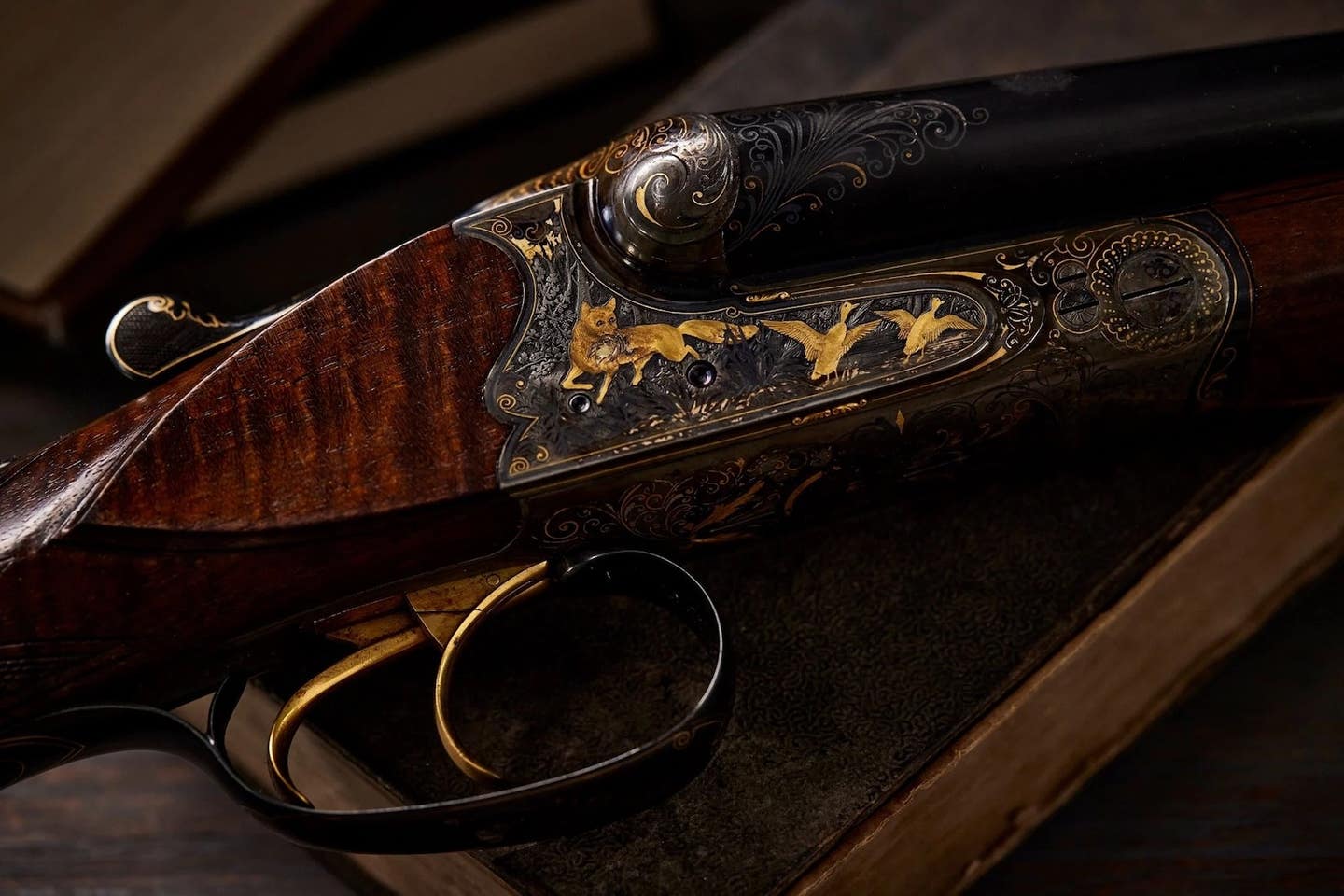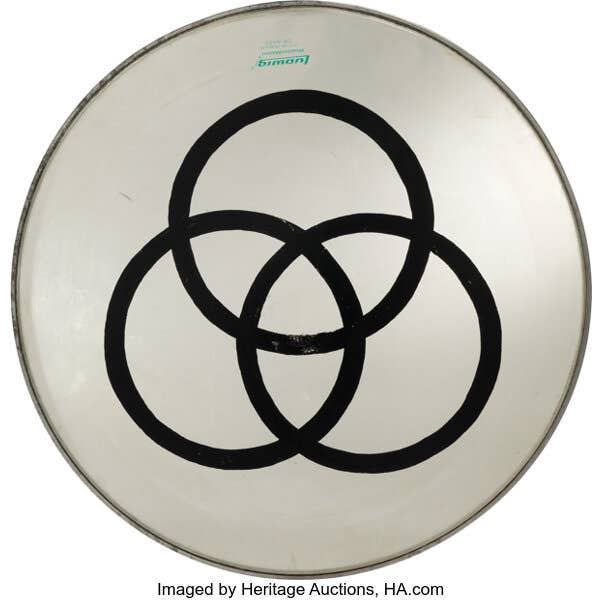The History of Cameo Jewelry
Cameos are often carved from shell, hardstone, and even glass. Discover the history of cameo jewelry, and what makes some cameos more desirable than others.
I have encountered many origins of the word “cameo” and find little basis in most. One origin states the word “cameo” is Italian for “engrave.” I am not aware of any Italian word for “engrave” or “carve” or “scratch” that even closely resembles the word “cameo.”
The Italian word for cameo is cammeo. Other sources have indicated the word “cameo” is derived from the old French word camaieu or the old Latin word cammaeus, or khamea from the ancient Arabic word for amulet.
While the origins of the word may yet remain a mystery, the history of cameos and their popularity are well documented.
Roman author and philosopher Pliny the Elder (23 to 79 A.D.) wrote about glass cameos as costume jewelry for those who could not afford cameos carved from gems or semiprecious stones such as agate.
Cameos, however, were being crafted long before Pliny’s time. The ancient Egyptians and Mesopotamians carved cameos as long ago as five thousand years; these were carved in stone and later composed of glass.
Shell cameos, relatively new in the history of cameos, became popular six to seven hundred years ago during the Renaissance, but the height of their popularity occurred during the Victorian era. Victorians, especially British Victorians, were enamored of Italy and all things Italian, including cameos. Travelers to Italy bought and wore cameos as a sign of their status.
Victorian cameos
The vast majority of Victorian cameos depict the profile of a woman with intricately arranged hair and possibly a diamond. Cameos depicting women with jewelry such as a necklace, bracelet, earring, or diadem are known as habillé, which means “dressed,” “clad,” or “dressy.” Habillé cameos became popular during the 1840s.
For wealthy English Victorians, the “Grand Tour” was de rigueur, and Italian cameos were the one must-have item they returned home with. In a very short amount of time, the English no longer had to travel to acquire cameos, which were imported, unmounted, into England by the thousands.
Even Queen Victoria succumbed to the beauty of cameos and routinely wore them, and what Queen Victoria did, everyone did – on both sides of the Atlantic Ocean. No middle- or upper-class woman’s accessories were complete without a cameo of some type.
Cameos during and before the Victorian era displayed allegorical, mythological, historical, or religious images. Gods and goddesses, rulers, historical scenes, biblical scenes, Roman soldiers, and beautiful women were subjects for cameos, which were worn by men and women. Later, during the Victorian era, cameos depicting a female’s profile were favored and worn by men as watch fobs, stickpins, rings, and cuff links, while women wore cameos as brooches, rings, earrings, pendants, and bracelets.
Cameo composition
Originally, the word “cameo” referred to relief images of contrasting color, but today, it includes single-color pieces made of onyx, coral, carnelian, jet, ivory, bone, turquoise, amethyst, malachite, mother of pearl, lava, and gray, brown, white, or putty-colored igneous rock such as felsite, rhyolite, basalt, or andesite.
Glass, hardstone, and shells are the most common materials used for cameos, although the use of shells is surprisingly rather recent in the historical timeframe. Glass and stone are the oldest materials used.
Glass cameos were formed by pouring molten glass into an intaglio mold, which was typically made of clay. The glass could be poured in layers of different colors to be carved once it cooled or carved from a single-color glass and mounted on a glass background of contrasting colors.
Glass cameos enjoyed a revival during the twentieth century and are extremely valued by collectors today, especially those made by recognized designers like Hobe, Bellini, Neiger, Whiting & Davis, and Juliana.
Most twentieth-century glass cameos are made using modern molds, so they will bear mold lines or dimples and ridges along the back, as well as the absence of angles and planes that result from hand carving.
Coral and stones like malachite, amethyst, turquoise, and lava result in monochrome cameos that may be favored by some but that are far less popular than varicolored cameos made of shell and hardstone.
Semi-Precious Stone Cameos
Hardstone cameos are usually composed of a form of semi-precious stones, including all types of chalcedony: agate, aventurine, bloodstone, carnelian, chrysoprase, jasper, onyx, tiger’s eye, sard, and sardonyx. Banded agate, which is multicolored, and sardonyx, which has parallel bands of brown to red alternating with white or black bands, are favored.
These multicolored forms of chalcedony are favored because cutting away layers exposes gradations of color and patterns that enhance depth and add distinction to each piece.
Sardonyx, a form of banded chalcedony, is composed of alternating layers of sard and onyx. Other types of banded chalcedony include onyx and agate.
A skilled cameo carver can start with a shell or sardonyx of three or four different color layers and carve a cameo with, for instance, dark flowers in light-colored hair, clothing with contrasting collars and bodices, and garlands of darker flowers.
Most profile cameos depict a female facing right, some face left, and even fewer are full-face. Cameos featuring women with elaborate hair or hats, or those with scenes, mythological or historical figures, men, or children, are uncommon and highly prized by collectors.
Onyx typically has parallel bands in black and white, whereas agate has curved bands in a variety of colors. Cameos cut from onyx, therefore, yield a cameo of one color, white, for instance, on a background of contrasting colors, such as black.
Because of the curved bands of color, cameos cut from agate yield cameos of contrasting colors, perhaps a white or cream cameo with yellowish-brown highlights.
Stone cameos may be treated with heat or dye to change their natural color to yield desirable background colors such as blue. Cameos may also be carved of one material and then applied to a background of contrasting material with adhesives. These two-piece cameos are known as assembled or composite cameos and are not as prized as cameos of contrasting colors carved from a single stone.
Loupe examination generally exposes the fine line between layers and often the reflective sheen of the adhesive, which is sometimes visible when the glue is pressed out from between the two layers (a solecism). As with all cameos, but especially hardstone, the finer the features and sharper and deeper the detail, the better the cameo.
Cameos Made From Sardonyx and Carnelian Shell
The shells most prized for carving cameos are those with naturally occurring layers of contrasting color; the Queen (or Emperor) helmet shell (Cassis madagascariensis), also known as the sardonyx shell (named after the banded chalcedony stone), is highly prized for this reason. However, the carnelian shell is the most common shell used for cameos. Sardonyx shells grow much slower and are the costliest.
Sardonyx shell cameos have a pure white layer over a reddish to rich brown interior and, when carved, can have a marble-like appearance. In contrast, carnelian shell cameos range in color from reddish-brown to peach or pale orange.
Lava cameos
Lava cameos are simple yet beautiful monochrome cameos dating back to the seventeenth century. They are made of pyroclastic rock such as tuff or welded tuff or gray, brown, white, or putty-colored igneous rock such as felsite, rhyolite, basalt, or andesite. These materials are quite abundant and easier to carve than shell or hardstone and were, therefore, less expensive at the time than either shell or hardstone.
Currently, antique lava cameos rival shell cameos for beauty, desirability, and price. Victorians traveling to Italy were eager to obtain and wear one of these unusual pieces, which served as a sign that they were well-traveled. If a cameo is made of lava, it is almost certainly Victorian. Unfortunately, because lava is not as durable as shell or hardstone, it can easily shatter if dropped; many of them did not survive.
Coral Cameos
Coral has been used for jewelry production for thousands of years; coral beads were favored by the ancient Egyptians and have been found in many Egyptian tombs in the form of beads.
Various cultures, from the Egyptians to the Romans and even the Victorians, considered coral an amulet used to ward off evil spirits.
Coral can be found in a variety of colors, with the color being determined by the origin, availability of nutrients, and water temperature. The most prized of all coral is the red variety, Corallium rubrum, commonly referred to as noble coral. This variety is found mainly in the Mediterranean Sea.
Red coral was quite popular during the Victorian era and was fashioned into beads, both round and pendeloque and other cameo jewelry, especially brooches, and earrings.
Angel-skin cameos are pale pink to salmon in color. It is often mistakenly assumed that all angel-skin cameos are made of coral (pelle de Angelo); in fact, many are made from pink conch or Roselyn shells. Close inspection of a coral cameo with a 10X magnification jeweler’s loupe will reveal readily observable growth lines, which are not seen on “angel skin” cameos of shells.
Pink shell cameos fade with exposure to light, and many antique pink shell cameos fade to the point where only a hint of pink remains. These cameos must be stored away from light when not being worn.
Cameo Rings
Cameo rings have been popular for as long as cameos have been carved, with the more popular motifs being Grecian and Roman women and Roman soldiers.
Faux cameos
Faux cameos are made of resin and a variety of plastics, including Bakelite, celluloid, and thermoplastic, which are all molded cameos. Most faux cameos will have flat backs, whereas shell cameos have backs that are curved in a way reminiscent of the bowl of a spoon and a matte finish.
Hand-carved shell cameos will bear growth lines, tool marks, and almost facet-like planes that are often visible to the naked eye and certainly apparent with a loupe. When held for about a minute or so, authentic shell or stone cameos will remain cool to the touch, while plastic cameos will become warm from body heat.
Beginning about fifty years ago, the machine age caught up with cameos when the use of ultrasound to produce cameos gained traction. In her 1991 book, “Cameos: Old & New,” Anna M. Miller wrote that at that time, it was estimated that as many as eighty percent of cameos were being machine-cut by ultrasound in Germany and Japan.
Gerhard Becker, a master cameo carver, described the appearance of cameos made by ultrasound as having the appearance of “freshly fallen snow.” Tracks or uniform parallel striations, seen across the entire surface of machine-made cameos, can be easily detected with a loupe, especially when viewed from the side. These lines are a major tipoff that the cameo is not hand-carved.
Ultrasound-cut cameos also lack undercutting, a cutting technique comparable to bas relief. Undercutting adds dimension and produces depth.
Ultrasound cameos are mass-produced from a hand-carved template and are not unique or authentic. They take minutes to produce, compared to hand-carved cameos that may take many days, months, or even a year to complete.
My feeling is that technically and by definition, having been created from shells, pieces created by ultrasound are cameos, but they are not genuine in the sense that they are not created utilizing the thousands of years old method of hand carving. Nor are they, as true cameos are, unique but rather one of a large group of modern, machine-made, minute-made, identical clones.
If you’re in the market for an inexpensive cameo and uniqueness, depth, and hand-carving are not important to you, ultrasound-produced cameos may appeal to you. Just make sure you are not paying hand-carved prices.
Many of these machine-made cameos are being sold as hand-carved, and many dealers aren’t even aware they are selling mass-produced, machine-made pieces.
Our guest appraiser is Dr. Anthony Cavo, a certified appraiser of art and antiques and a contributing editor to Kovels Antique Trader. Cavo is also the author of Love Immortal: Antique Photographs and Stories of Dogs and Their People.
Nancy Schuring assisted with this article. Nancy founded Devon Fine Jewelry over 40 years ago from a love of jewelry, gemstones, and design. She also founded the Devon Foundation to provide lapidary scholarships to young people in gem-rich countries. www.devonfinejewelry.com • www.devonfoundation.com
You also might enjoy:
Dr. Anthony J. Cavo is an honors graduate of the Asheford Institute of Antiques and a graduate of Reisch College of Auctioneering. He has extensive experience in the field of buying and selling antiques and collectibles. Cavo is also the author of Love Immortal: Antique Photographs and Stories of Dogs and Their People.








